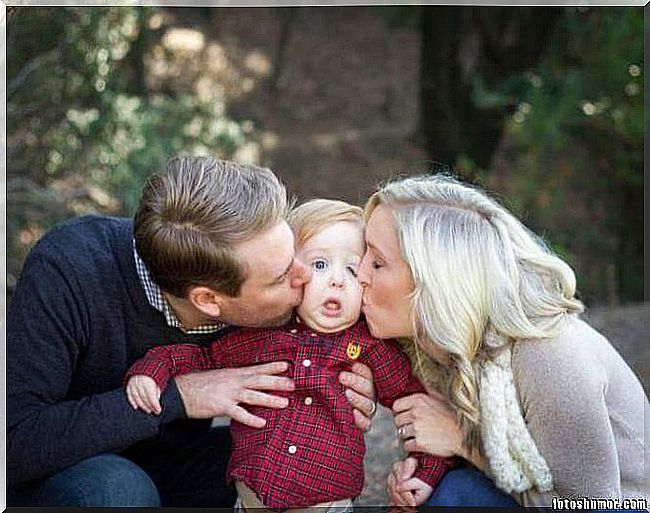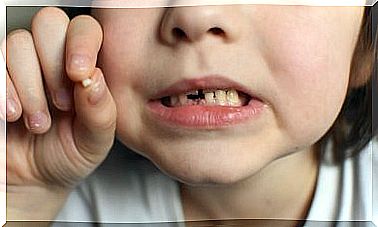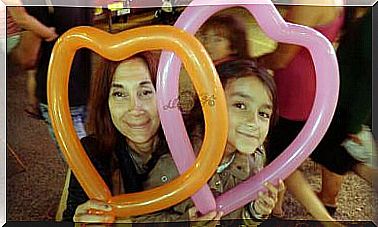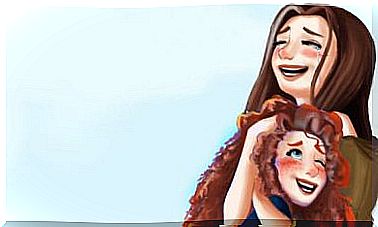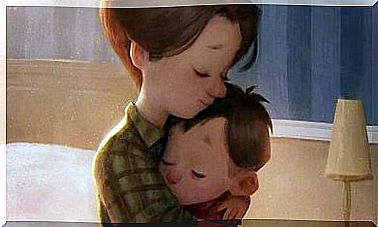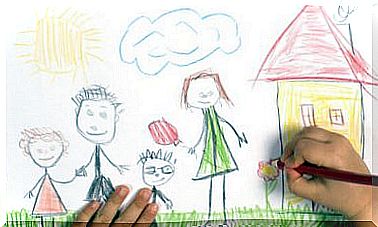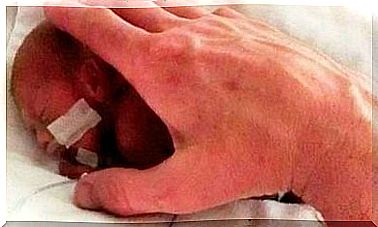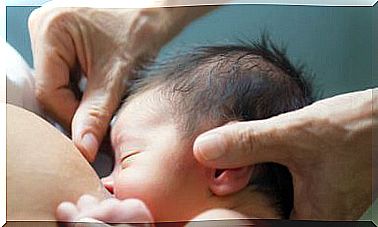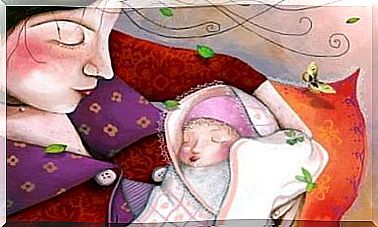The Right Of Children Not To Kiss If They Do Not Wish

In many cultures, the social kiss is used as a form of greeting. Hence, some parents force their children to socialize under this rule. What in certain cases causes the child to assume the attitude of not kissing acquaintances or strangers.
For young children, kissing is associated with affection. They learn to kiss their parents as a spontaneous act of love. Which is the complete opposite to a stranger.
Before forcing a child to kiss a stranger or even a family member, ask if they are comfortable doing so. Adults choose between kissing or waving. The same should apply for children.
The process of growing a child starts from learning to know and set limits. This also has to do with setting emotional limits. It is important for children to learn that they have the right to decide if they want to be close to someone.
Parents mistakenly believe that, by refusing to kiss, their children are rude. But there are other ways to show education, even for the little ones. Greeting on arrival, shaking hands, or patting on the back are also accepted forms of education.
Not giving kisses is more than an attitude
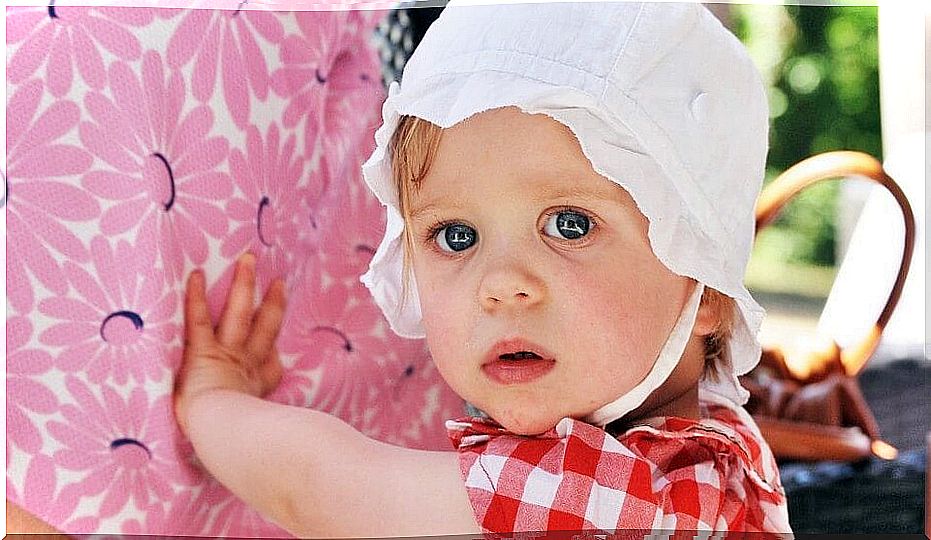
It is recommended that all parents have conversations with their children about affection and education. The affection must be given as a spontaneous form to the feeling. While education shows respect for third parties.
Although a child should treat adults with respect, he is not obligated to be affectionate if he does not want to.
Not necessarily education and affection should coexist equally. Therefore, minors should not be forced to give hugs or kisses without consent. This may be the way they set their limits on the unknown.
Some specialists agree that the obligation to kiss can make children vulnerable. Most take on a complacent attitude by trying to be loving or polite. This attitude exposes the child to abuse or harassment.
In general, child abuse occurs with people close to the child. This may be a consequence of the minor’s complacency for being “affectionate.” Being forced to give affection, they do not know how to say no to physical contact.
Kisses and obedience
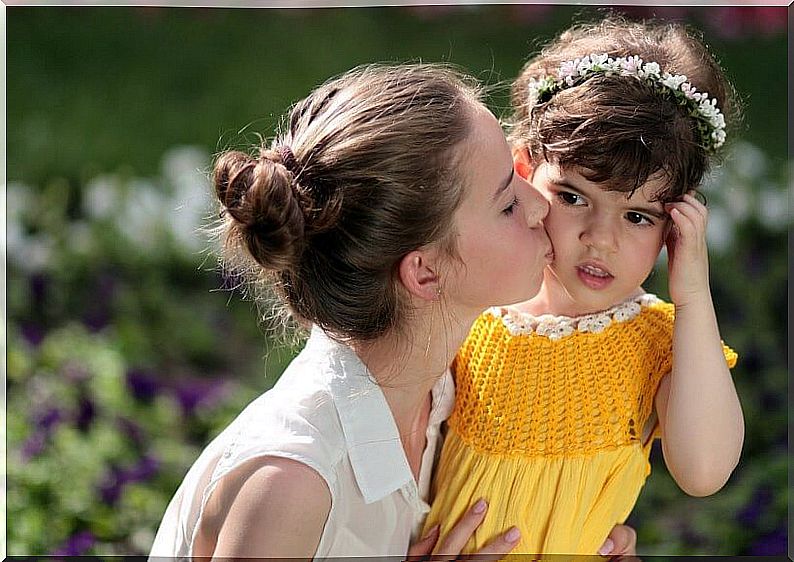
Obligation is also associated with the term obedience. In society, the concept of obedience is related to the child doing what his parents say. Regardless of whether they are correct in kissing and hugging, or not.
Again this situation leads the child to a state of submission or vulnerability. Before being taught to be obedient, children must learn to have their own criteria. Learn to be selective.
Why should children’s decision not to kiss be respected?
First , the child is taught that he owns his body. He can decide when to make physical contact and with whom. In addition to differentiating between affection and respect.
The decisions a child makes about his body will make him less vulnerable to bullying. This also applies to bullying situations. Complacency can lead the child to accept teasing to fit in with a group.
Teaching children to make their own decisions will give them greater self-esteem. A child who develops his own criteria is a confident adult. The role of parents is to accompany them in this process.
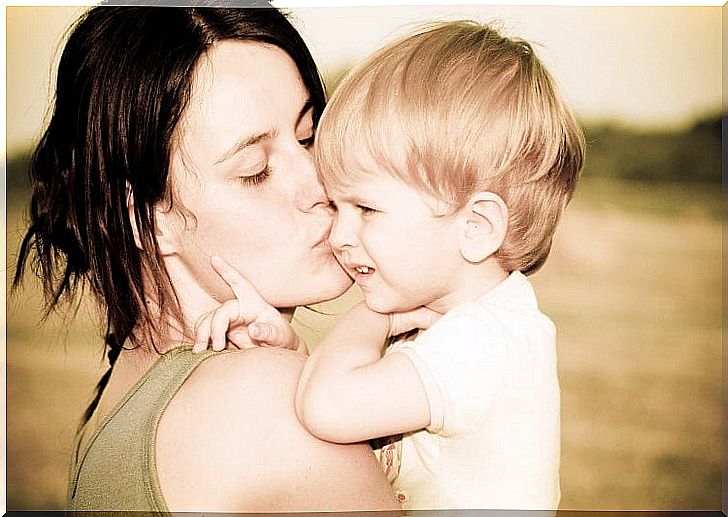
On the other hand, the child learns to respect individual spaces. Not all adults react in the same way to a child. Some are intimidated in the presence of the little ones.
Not forcing children to kiss strangers can free them from uncomfortable situations. For example a rejection situation.
Another factor to consider in the little ones is that of confusion. Children at younger ages are more impulsive. Which can cause them to want to kiss anyone. In this way, they are more exposed to situations of abuse or rejection.
Lastly, it may be a health issue. Forcing children to kiss can expose them to viral infections or contact illnesses.
